13 Tips To Maximize Your Alaskan Summer Vacation
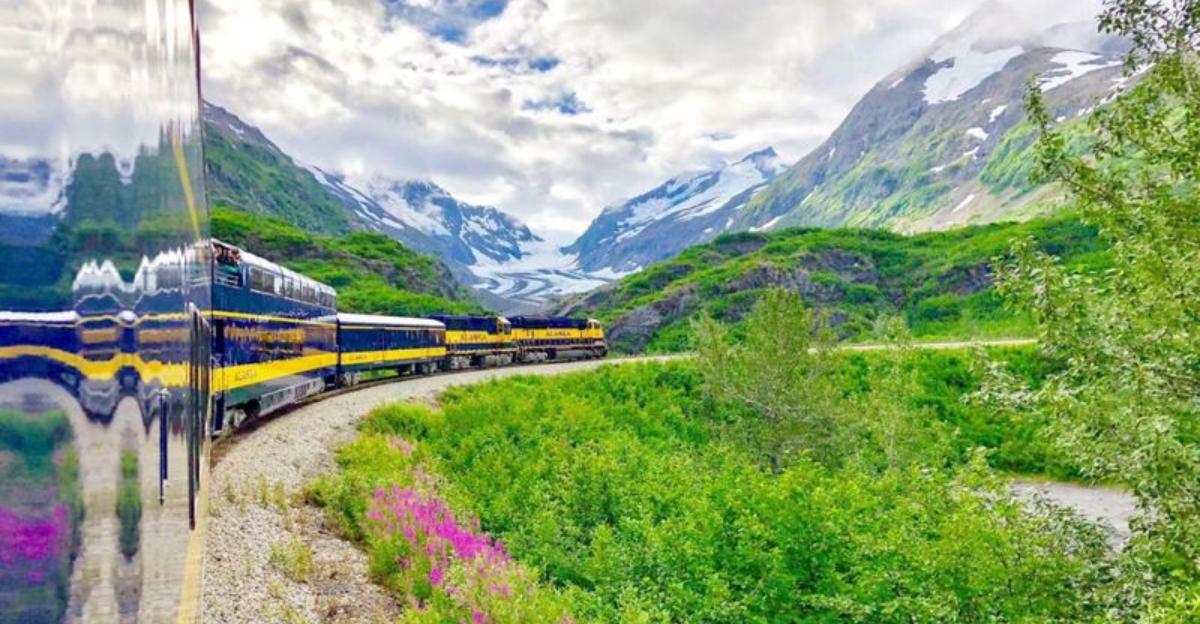
Alaska in the summer is like stepping into a dream—where bald eagles soar overhead, glaciers crack in the distance, and the sun barely sets. But with so much rugged beauty and such a short peak season, planning your Alaskan adventure takes a little strategy. Where should you go? What should you pack? And how do you make sure you’re not missing the real Alaska in favor of touristy detours?
After exploring the state’s hidden corners and top attractions, I’ve rounded up practical tips to help you travel smarter—from booking transport and choosing between cruises or land routes, to dressing for four seasons in one day.
Whether you’re kayaking past icebergs, hiking in Denali, or chatting with locals in a fishing village, these suggestions will help you make the most of every wild, wonderful minute. Curious about the best time to spot grizzlies or how to save money without sacrificing experience? Let’s dive in—Alaska is calling, and this time, you’ll be ready.
1. Pack Layers, Not Parkas
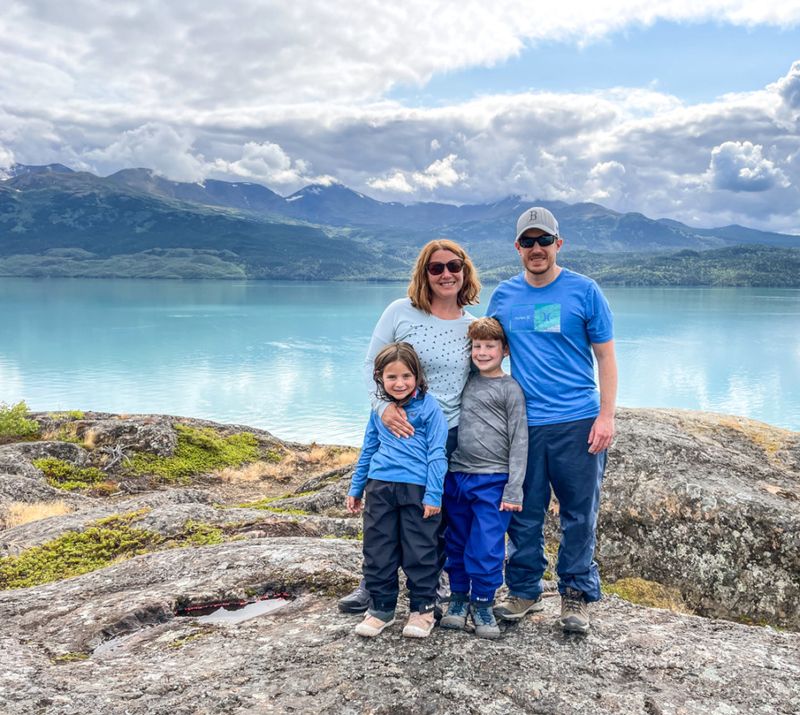
Summer temperatures in Alaska can swing from the 40s to the 80s in a single day. I always recommend bringing waterproof outer layers, moisture-wicking shirts, and a warm fleece or light jacket.
Don’t waste suitcase space on heavy winter gear! A good rain jacket is more valuable than a parka in June. Many visitors get this wrong and end up uncomfortable or shopping for appropriate clothes in tourist shops at premium prices.
Quick-dry hiking pants with zip-off legs give you the most versatility as you move between cool mornings, warm afternoons, and chilly evenings on glacier tours.
2. Book Accommodations Early
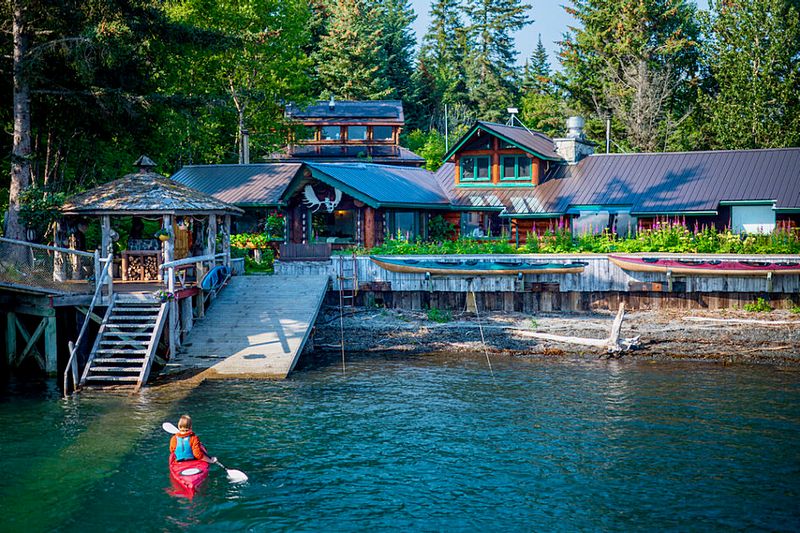
Alaska’s prime lodging fills up months in advance, especially in popular spots like Denali and Kenai. When I tried booking just two months ahead last year, I found limited options at double the normal rates.
Small towns like Talkeetna and Homer have charming B&Bs that offer authentic experiences, but they’re often family-run with limited rooms. Consider booking these first, then planning activities around your confirmed stays.
If you’re flexible, look into wilderness lodges accessible only by float plane – they’re pricey but provide once-in-a-lifetime experiences with fewer crowds and unparalleled access to remote Alaska.
3. Splurge On A Flightseeing Tour
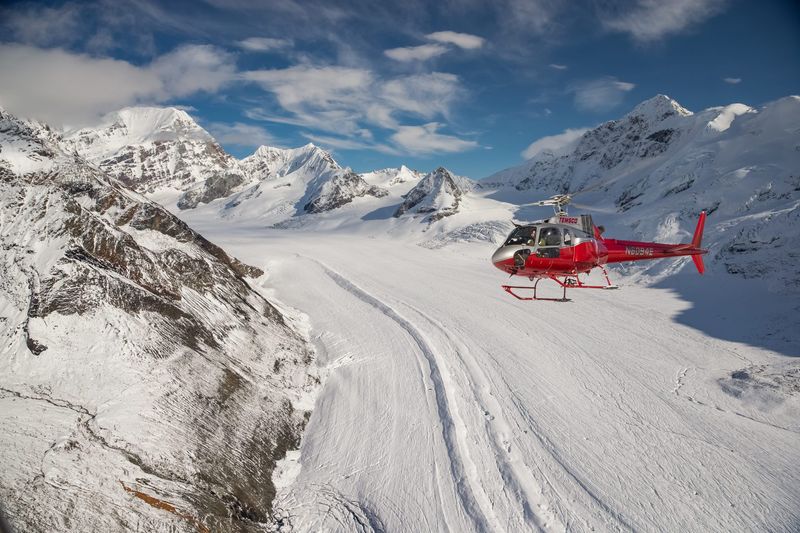
Flying over Alaska gives you perspective impossible to gain from the ground. Pilots know exactly where to spot bears fishing for salmon, mountain goats on steep cliffs, and hidden valleys inaccessible by road.
Though prices typically range from $200-$500 per person, these tours deliver experiences worth every penny. My favorite option includes a glacier landing, where the pilot touches down right on the snow, letting you step out onto a massive ice field thousands of years old.
For the best experience, book morning flights when air is typically calmer and visibility clearer. Bring a good camera but don’t spend the whole time behind the lens!
4. Embrace The Midnight Sun
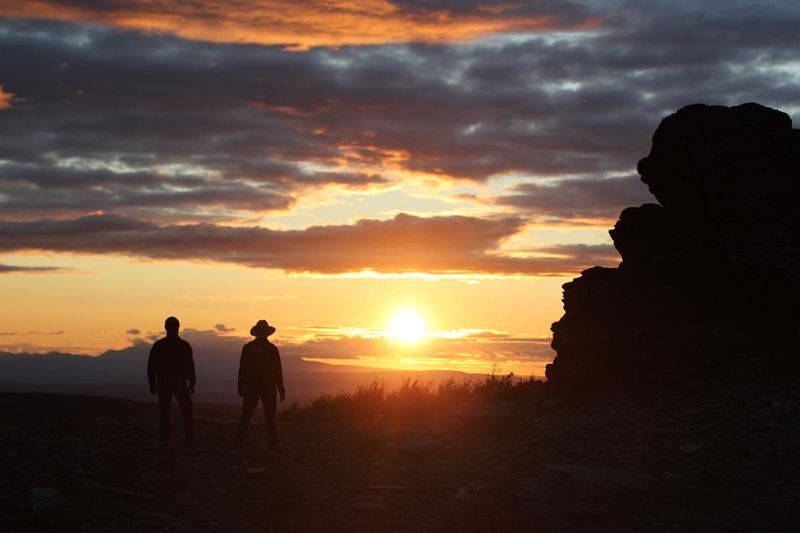
Did you know parts of Alaska get 20+ hours of daylight in summer? This phenomenon completely transforms how you can experience the state. Hiking at 10 PM with full daylight feels magical and gives you extra time for adventures.
Take advantage by planning two major activities each day – perhaps a morning wildlife cruise and an evening kayak trip. The extended daylight lets you pack in experiences without feeling rushed.
Sleep can be challenging with bright skies at midnight, so I always bring a sleep mask and consider booking accommodations with blackout curtains. Some visitors find their energy levels soaring with the extra daylight, but remember to still get adequate rest!
5. Plan For Wildlife Viewing Success
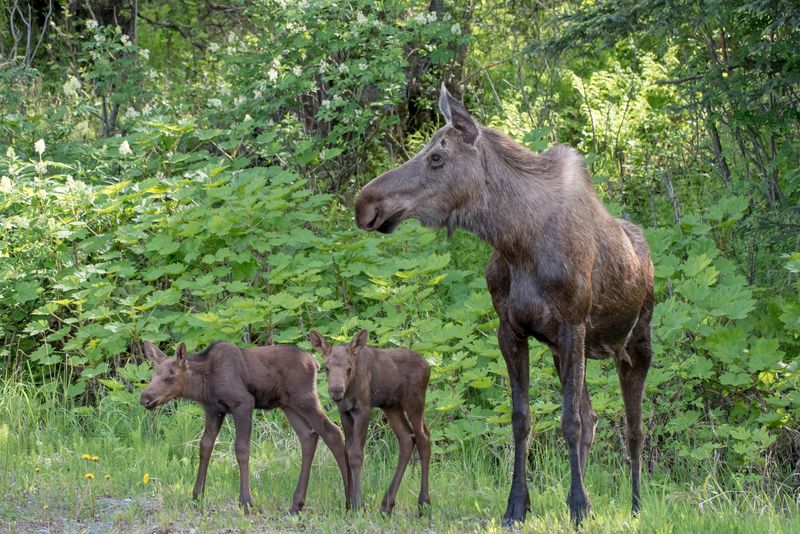
Wildlife spotting requires strategy, not just luck. Rangers at visitor centers can point you toward recent animal sightings – I’ve gotten amazing tips this way that led to seeing moose with calves just off hiking trails.
Early mornings and evenings typically offer the best viewing opportunities. When driving, scan roadside meadows carefully, especially in areas with warning signs about moose or bears. Keep binoculars handy – animals often appear as distant shapes before you can identify them clearly.
Guided wildlife tours dramatically increase your chances of success. Kenai Fjords for marine mammals, Denali for land animals, and Brooks Falls for bears catching salmon are top spots worth prioritizing.
6. Sample Local Seafood Beyond Salmon
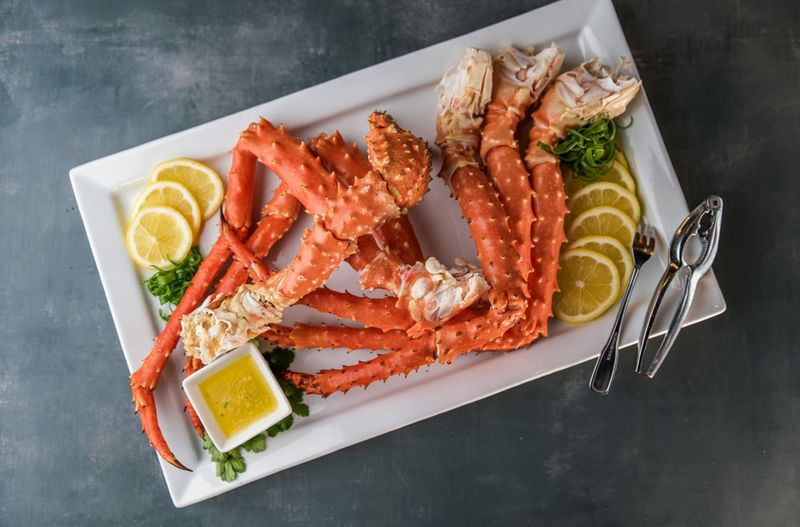
Fresh Alaskan seafood tastes nothing like what you get in the lower 48. While salmon rightfully gets attention, don’t miss trying king crab, halibut, and spot prawns when they’re in season.
Local fish markets in Seward and Homer let you ship flash-frozen seafood home. This makes for a practical souvenir that extends your Alaska experience long after your trip ends. I still remember sharing Alaskan halibut with friends months after my visit!
Roadside stands selling smoked salmon make perfect hiking snacks, and small-town restaurants often serve the day’s catch in creative ways. Ask servers what was caught locally that morning for the freshest possible dining experience.
7. Choose One Region Instead Of Rushing
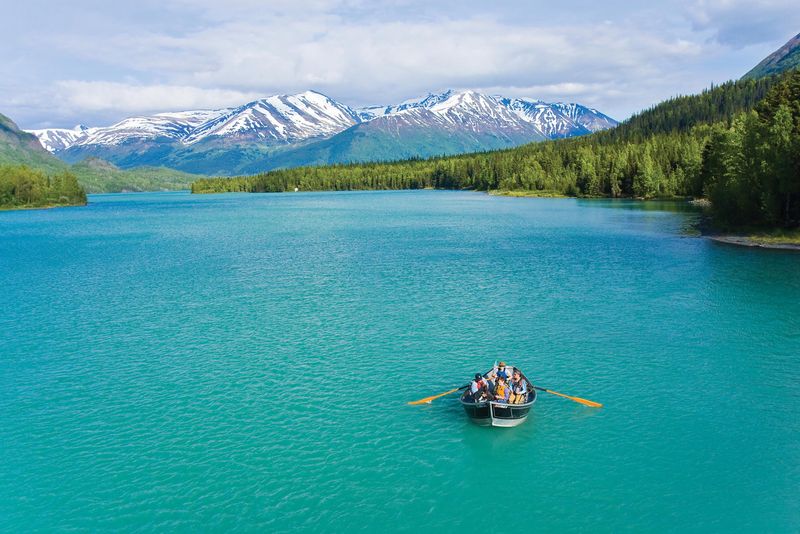
Alaska is massive – larger than Texas, California, and Montana combined. First-time visitors often underestimate driving times and try covering too much ground. I’ve learned it’s better to deeply explore one region than spend days in transit.
The Kenai Peninsula offers glaciers, wildlife cruises, fishing, and charming towns within reasonable driving distances. Alternatively, focus on Denali and interior Alaska for mountain views and land mammals, or Southeast Alaska for rainforests and totem poles.
Trying to see everything means you’ll mostly experience Alaska through your car window. By slowing down, you’ll have meaningful encounters with locals and discover hidden gems not in any guidebook.
8. Consider Shoulder Season For Better Deals
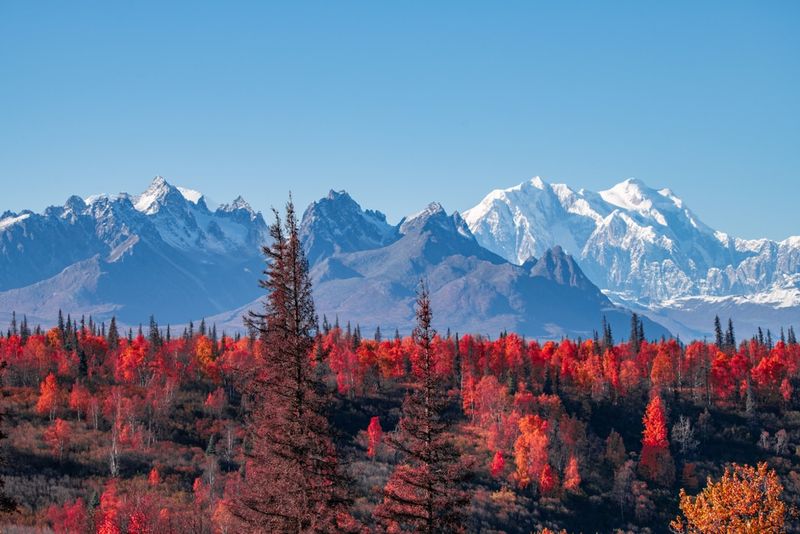
May and September bookend Alaska’s peak summer season with fewer crowds and lower prices. Weather can be slightly less predictable, but temperatures remain comfortable for most activities.
Many operators offer 25-40% discounts during these months while providing essentially the same experience. Wildlife viewing can actually be superior – bears are especially active in May after hibernation and September before winter.
If your schedule allows flexibility, these periods offer tremendous value. I visited in late May last year and had entire hiking trails to myself while enjoying perfect weather. Fall colors in September create spectacular photography opportunities as the tundra turns brilliant red and gold.
9. Make Time For Glacier Experiences
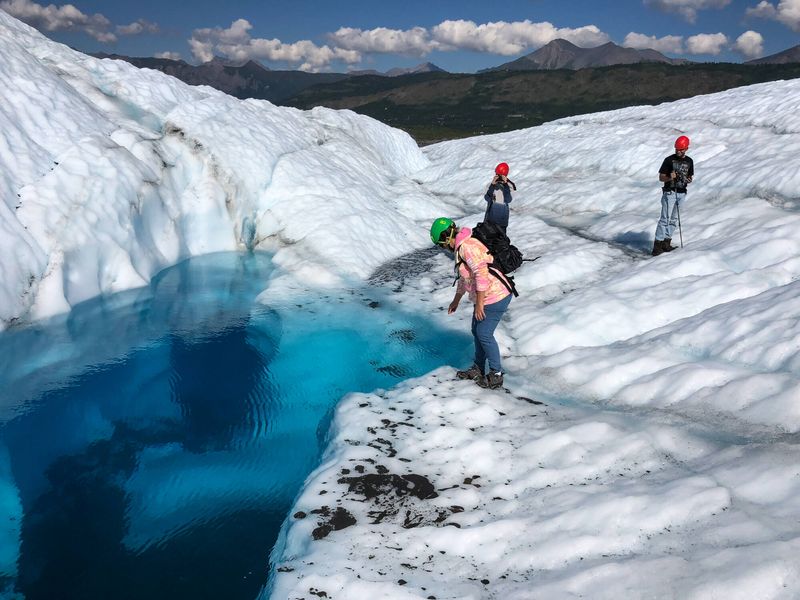
Getting up close to massive rivers of ice should be on everyone’s Alaska bucket list. Each glacier access point offers something unique – Matanuska Glacier allows guided walks directly on the ice, while Exit Glacier offers easy hiking trails to viewpoints.
Boat tours in Kenai Fjords or Prince William Sound bring you face-to-face with tidewater glaciers that calve massive chunks into the ocean with thunderous cracks. The sound and sight of this ancient ice breaking free is unforgettable.
When choosing between glacier experiences, consider your physical abilities and interests. Some require challenging hikes while others are accessible via comfortable cruise ships. Either way, the brilliant blue ice formations will leave you speechless.
10. Bring The Right Camera Gear
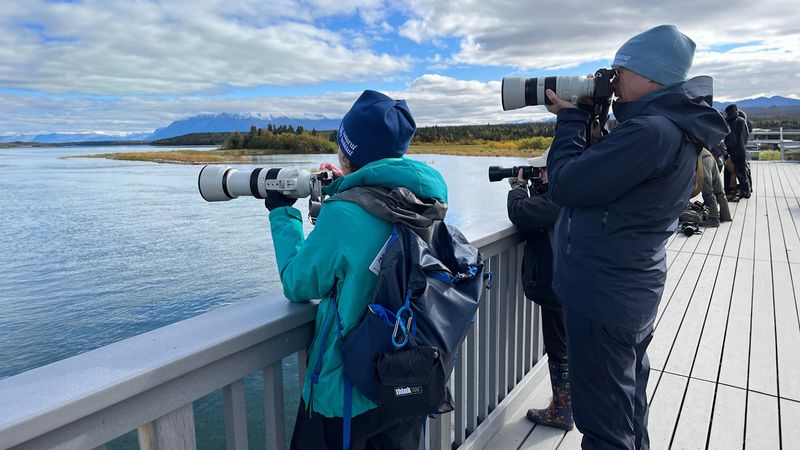
Alaska’s landscapes demand good photography equipment. A zoom lens (at least 200mm) helps capture wildlife at safe distances, while a wide-angle lens captures expansive mountain vistas and glaciers.
Weather protection matters too – rain covers for cameras and extra batteries are essential since cold temperatures drain power quickly. I recommend carrying everything in a waterproof bag that can handle sudden downpours or splashes during boat tours.
Don’t forget that smartphones struggle in low light and with distant subjects. If photography is important to your trip memories, consider renting professional gear if you don’t own it. Many visitors regret not having better equipment once they encounter Alaska’s spectacular scenes.
11. Try Alaska’s Unique Transportation
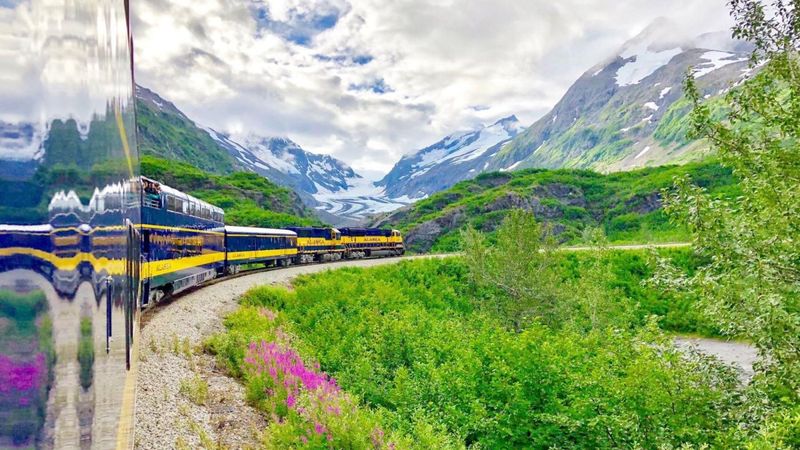
The Alaska Railroad offers passenger service with panoramic dome cars between Seward and Fairbanks. Unlike driving, everyone can enjoy the scenery instead of watching the road, and the tracks access wilderness areas without highways.
Water taxis in places like Kachemak Bay take you to remote beaches and trailheads inaccessible by road. They’re surprisingly affordable and often include impromptu wildlife viewing when captains spot something interesting en route.
Bush planes serve as everyday transportation to Alaska’s remote communities. Taking even a short flight between towns gives you a taste of authentic Alaska life beyond tourist areas while providing spectacular aerial views of the landscape.
12. Prepare For Mosquitoes Like A Local
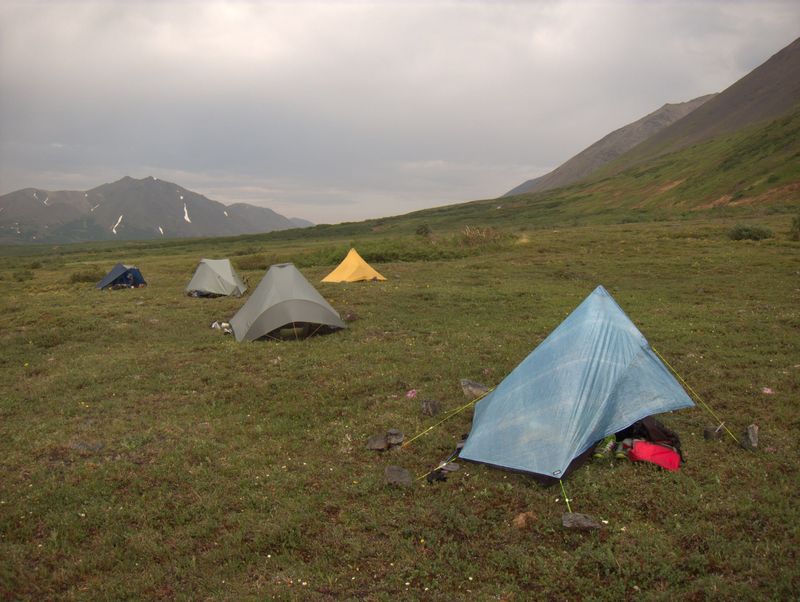
Alaskans joke that mosquitoes are the state bird for good reason! These pesky insects can quickly ruin outdoor experiences if you’re unprepared. I’ve found that layered clothing with tight cuffs works better than constant reapplication of repellent.
DEET-based products (at least 30%) work most reliably, though permethrin-treated clothing offers excellent protection without skin contact. Head nets look silly but are worth packing – you’ll see locals using them on particularly buggy days and won’t regret having one when needed.
Timing helps too. Mosquitoes are typically worst in forested areas during dawn and dusk, and after rainfall. Breezy coastal areas and higher elevations generally have fewer insects than inland forests and wetlands.
13. Connect With Local Culture
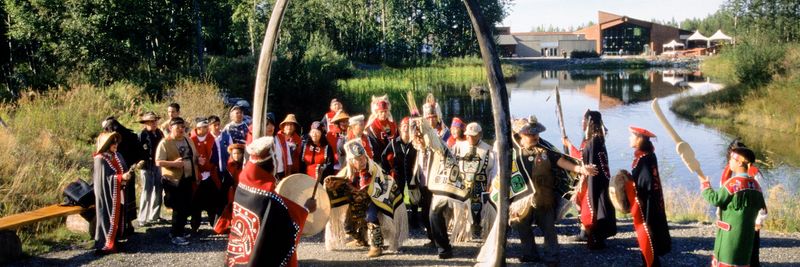
Alaska’s human story is as fascinating as its natural wonders. The Alaska Native Heritage Center in Anchorage provides excellent introduction to indigenous cultures, with demonstrations of traditional skills and art forms.
Small museums in towns like Talkeetna and Skagway preserve gold rush history and pioneer stories. Local festivals happen throughout summer – the Girdwood Forest Fair and Sitka Seafood Festival offer authentic experiences where you’ll meet residents rather than just other tourists.
Taking time to chat with locals yields invaluable tips. I’ve had fishermen direct me to unmarked beaches for clamming and shopkeepers suggest perfect picnic spots not in any guidebook. These connections often become favorite memories from the trip.
